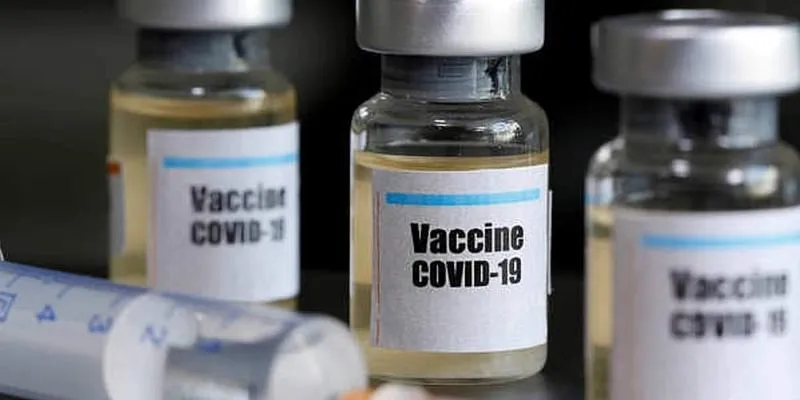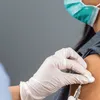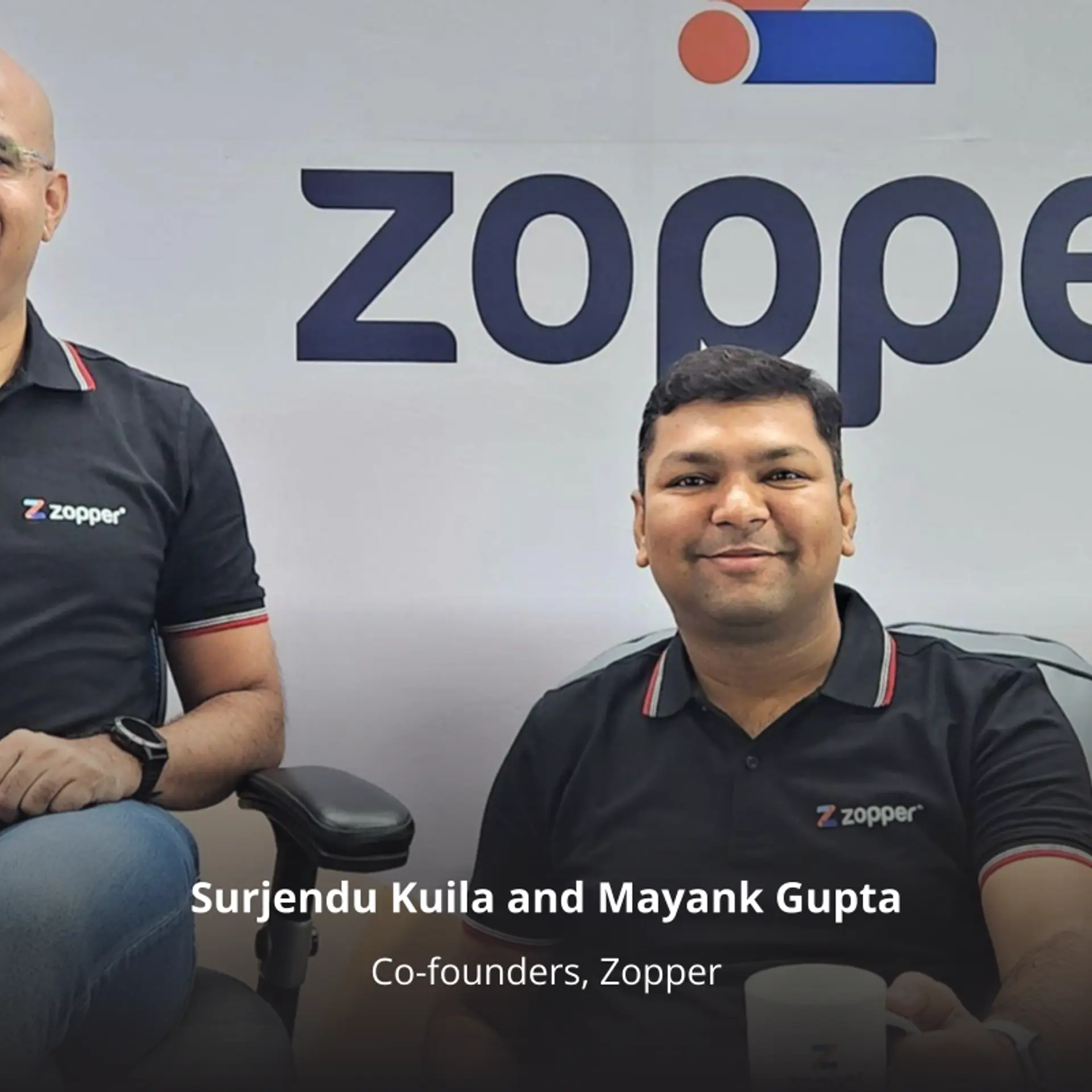Over 21k tested positive for COVID-19 after taking first dose of either Covishield or Covaxin: Govt
ICMR Director-General Balram Bhargava said 0.04 percent of individuals who received the second dose of Covaxin were positive for COVID-19, while 0.03 percent of people who took the second dose of Covishield contracted the infection.
Over 21,000 people tested positive for COVID-19 after taking the first dose of either Covishield or Covaxin, while over 5,500 contracted the infection after taking the second dose, the Centre said on Wednesday.
Addressing a press conference, ICMR Director-General Balram Bhargava said 0.04 percent of 17,37,178 individuals who received the second dose of Covaxin were positive for COVID-19, while 0.03 percent of 1,57,32,754 people who took the second dose of Covishield contracted the infection.
Bhargava, who presented the data, said vaccines reduce the risk of infection and prevent death and severe infection.
"After vaccination, if one gets an infection, then it is known as breakthrough infection," he said.
To date, 1.1 crore doses of Covaxin have been administered, of which 93 lakh received the first dose, and of that 4,208 (0.04 percent) people got the infection, which is four per 10,000 individuals. About 17,37,178 people received the second dose, of which only 695 (0.04 percent) tested positive for COVID-19, Bhargava said.
Of Covishield, 11.6 crore doses have been given. About 10 crore individuals received the first dose and 17,145, that is two per 10,000 people contracted the infection. About 1,57,32,754 individuals took the second dose of Covishield, of which 5,014 (0.03 percent) got infected. Two to four per 10,000 breakthrough infections have occurred, a very small number. This was mainly healthcare workers prone to more occupational hazards, he said.
According to the data, 5,709 people contracted the infection after the second dose of either of the two vaccines.
"This is a very small number and not at all worrisome. Secondly, the highly transmissible second wave also contributed (in) minuscule (way) to the percentage, so this could have been even zero percent," he said.

Representational Image
Responding to a question that there have been cases of people with no other exposure testing positive two weeks after vaccination, and if there is any link between vaccine and cases among those vaccinated, Bhargava said these vaccines are given to protect from the disease.
"These definitely do not cause any disease. However, the immune response takes two-dose plus two weeks to fully mount. But individual variations do occur, some may get it slightly earlier some may get a delayed response," he said.
NITI Aayog Member (Health) V K Paul noted that there is a risk even after taking vaccination, so "we stress people to follow COVID-19 appropriate behaviour even after taking the vaccination."
Paul said that with refinements being made in vaccine policy, India is talking to major manufacturers from other countries very actively.
He further said a fourth vaccine, Hyderabad-based Biological E's indigenous anti -coronavirus shot, may become available from August.
"The Phase 1 and 2 trial of Biological E is almost over, and they will be submitting their data, and after that, they will go into Phase 3. This is a very significant development as they have a capacity of seven crore vaccines per month," Paul said.
On vaccinations, Bhushan said 87 percent of all healthcare workers and 79 percent of frontline workers have received their first dose of vaccine.
"About 80 percent of healthcare workers have received the second dose of vaccine, so that is a matter of satisfaction," he said.
About 11 states and UTs — Himachal Pradesh, Daman and Diu, Kerala, Rajasthan, Ladakh, Uttarakhand, Bihar, Madhya Pradesh, Chhattisgarh, Jharkhand, and Gujarat — have administered the first dose to over 90 percent of the registered healthcare workers.
Eleven states and UTs — Nagaland, Chandigarh, Manipur, Meghalaya, Punjab, Telangana, Lakshadweep, Puducherry, Arunachal Pradesh, Jammu and Kashmir, and Delhi — have administered the first dose to less than 75 percent of the registered HCWs.
Fourteen states and UTs have given the second dose to over 85 percent of eligible HCWs. These are Andhra Pradesh, Karnataka, Dadra and Nagar Haveli, Tripura, Uttarakhand, Jharkhand, Himachal Pradesh, Kerala, Mizoram, Arunachal Pradesh, Goa, Sikkim, Ladakh, and Daman and Diu.
Eight states and UTs — Manipur, Jammu and Kashmir, Tamil Nadu, Assam, Lakshadweep, Maharashtra, Haryana, and Delhi — have given the second dose to less than 75 percent of the eligible HCWs.
Eleven states and UTs — Himachal Pradesh, Uttar Pradesh, Tripura, Daman and Diu, Uttarakhand, Chhattisgarh, Ladakh, Rajasthan, Madhya Pradesh, Gujarat, and Dadra and Nagar Haveli — have administered the first dose to over 80 percent of the registered FLWs.
Ten states and UTs with FLW coverage of less than 65 percent are Goa, Nagaland, Manipur, Mizoram, Telangana, Meghalaya, Andaman and Nicobar Islands, Arunachal Pradesh, Chandigarh, and Kerala.
Ten states and UTs have given the second dose to more than 84 percent of eligible FLWs. They are Arunachal Pradesh, Rajasthan, Himachal Pradesh, Jharkhand, Chhattisgarh, Telangana, Uttarakhand, Lakshadweep, Uttar Pradesh, and Meghalaya.
Nine states and UTs — Tamil Nadu, Kerala, Andaman and Nicobar Islands, Daman and Diu, Karnataka, Puducherry, Andhra Pradesh, Haryana, and Jammu and Kashmir — have given the second dose to less than 70 percent of eligible FLWs.
Ten states and UTs — Andaman and Nicobar Islands, Uttarakhand, Gujarat, Himachal Pradesh, Rajasthan, Lakshadweep, Chhattisgarh, Tripura, Sikkim, and Ladakh -- have given the first dose to over 40 percent of the people aged above 60 years.
Edited by Suman Singh








